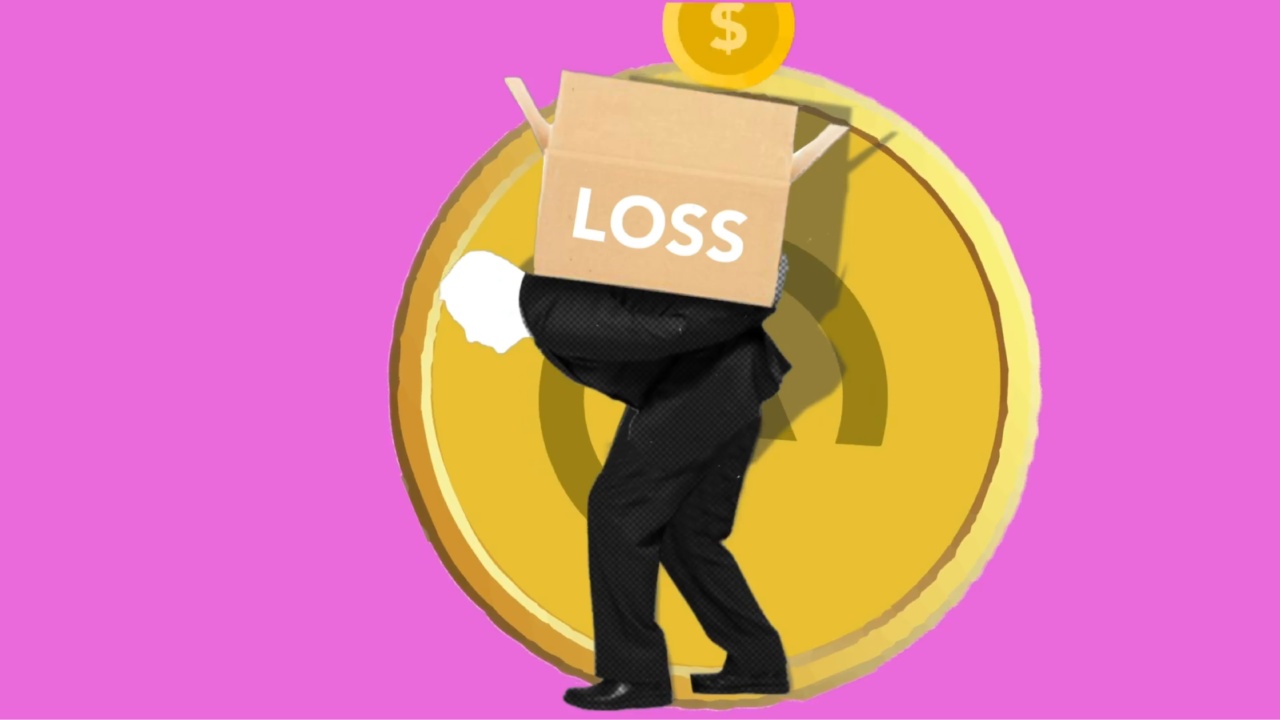Cancer is a complex disease that can be influenced by various factors, including genetics, lifestyle choices, and exposure to certain chemicals.
While it is not always possible to completely eliminate the risk of developing cancer, there are steps that individuals can take to reduce their exposure to harmful chemicals that have been linked to an increased risk of cancer.
1. Pesticides and Herbicides
Pesticides and herbicides, commonly used in agriculture to protect crops from pests and weeds, can be harmful to human health.
Many of these chemicals have been classified as carcinogens or potential carcinogens by international agencies such as the International Agency for Research on Cancer (IARC). To decrease your cancer risk, opt for organic foods whenever possible to avoid the residues of these chemicals.
2. Formaldehyde
Formaldehyde is a colorless gas that is commonly used in the production of building materials, household products, and certain types of furniture.
Prolonged exposure to formaldehyde has been linked to an increased risk of nasopharyngeal and leukemia cancers. Choose furniture and household products that are labeled as formaldehyde-free to decrease your risk.
3. Phthalates
Phthalates are a group of chemicals used in the production of plastics to increase their flexibility and durability.
These chemicals can be found in various products such as vinyl flooring, shower curtains, and even personal care products like shampoo and body wash. Some phthalates have been classified as probable carcinogens and endocrine disruptors. Opt for phthalate-free products or those labeled as “fragrance-free” to avoid potential exposure.
4. Bisphenol-A (BPA)
Bisphenol-A (BPA) is a chemical commonly found in plastic containers, food can linings, and certain cash register receipts. BPA is known as an endocrine disruptor and has been linked to an increased risk of breast and prostate cancers.
Reduce your exposure to BPA by using glass or stainless-steel containers for food and beverages instead of plastic.
5. Benzene
Benzene is a widely used industrial chemical that can be found in gasoline, plastics, synthetic fibers, and various household products. Prolonged exposure to benzene has been associated with an increased risk of leukemia and other blood-related cancers.
Minimize your exposure to benzene by avoiding areas with heavy traffic and opting for natural or non-toxic household cleaners.
6. Polybrominated Diphenyl Ethers (PBDEs)
Polybrominated diphenyl ethers (PBDEs) are flame retardant chemicals commonly found in electronics, furniture foam, and some textiles.
These chemicals can accumulate in the environment and in our bodies and have been linked to an increased risk of breast and thyroid cancers. Choose products that are labeled as PBDE-free to reduce your exposure.
7. Asbestos
Asbestos is a group of naturally occurring minerals that were once widely used in construction materials due to their fire and heat-resistant properties.
However, exposure to asbestos fibers can lead to various types of cancer, including lung cancer and mesothelioma. If you live in an older home, it is important to have it inspected for asbestos and seek professional removal if necessary.
8. Tobacco Smoke
Tobacco smoke contains over 7,000 chemicals, including more than 70 known carcinogens. Smoking is a leading cause of preventable deaths worldwide and is strongly linked to several types of cancer, including lung, throat, and pancreatic cancer.
Quitting smoking or avoiding exposure to secondhand smoke is essential for decreasing your cancer risk.
9. Artificial Sweeteners
Artificial sweeteners, such as aspartame, saccharin, and sucralose, are commonly used as sugar substitutes in diet drinks and various other processed foods.
While the exact link between artificial sweeteners and cancer is still under debate, some studies have suggested a potential connection. To be on the safe side, limit your consumption of artificial sweeteners and opt for natural alternatives like stevia or honey.
10. Hormone Disrupting Chemicals
Hormone disrupting chemicals, also known as endocrine disruptors, can interfere with the normal functioning of hormones in our bodies. Some common examples include certain pesticides, plasticizers, and chemicals found in personal care products.
These chemicals have been linked to various health issues, including an increased risk of hormone-related cancers such as breast and prostate cancer. Choose natural and organic products whenever possible to avoid exposure to these harmful chemicals.





























